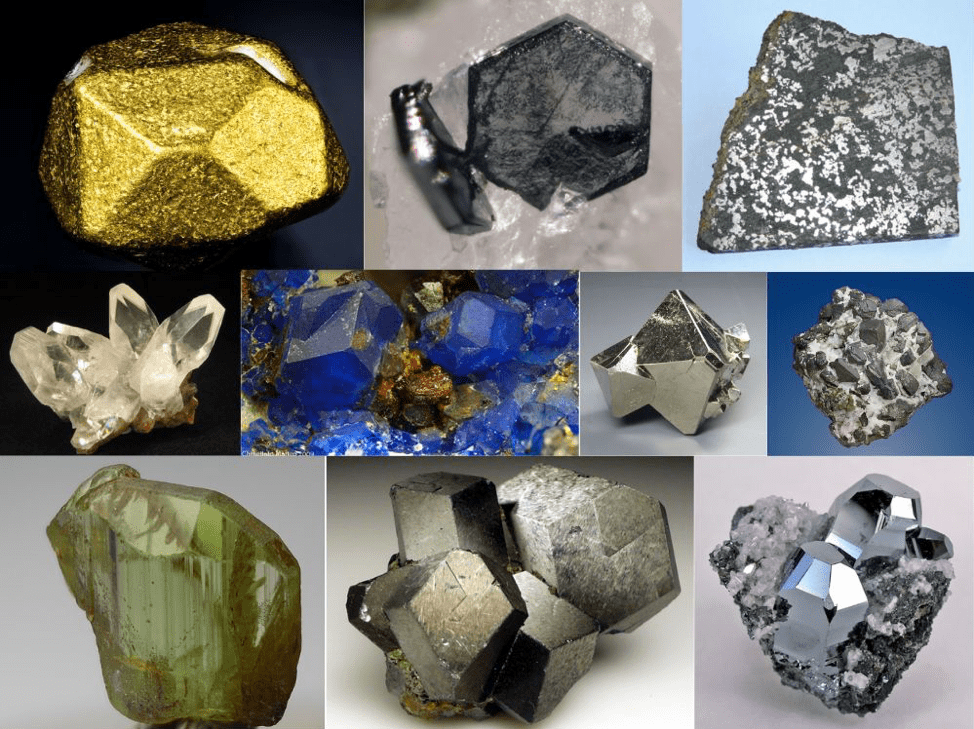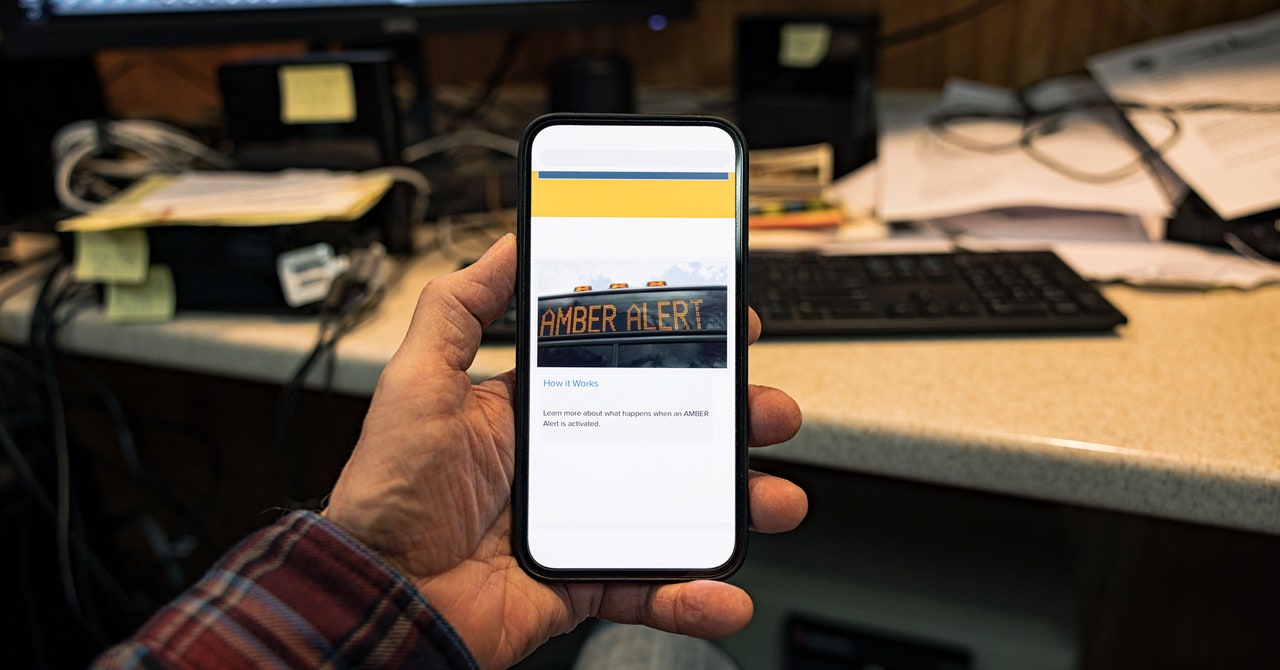Early in its 4.5 billion years of history, a molten Earth began to solidify its rocky surface, creating an atmosphere, developing the blue oceans and land where huge varieties of life forms evolved over billions of years. During each development stage, the earth formed different minerals in varied environments by unique processes. Keeping this in mind, let’s learn more about minerals.
Minerals are:
- Naturally occurring.
- Inorganic substances [e.g. gold (Au) and coffinite (USiO4)].
- Definite chemical composition.
- Ordered internal structure.
- Solid at room temperature.
Without all these features, a material is not considered a mineral. For example, oxygen and water are not minerals because they are not solids. Mercury is not a mineral because it is liquid at room temp and as a result lacks a crystal structure. Synthetic diamonds are not minerals because they are made in a lab.
Forming minerals is all about changing the physical, chemical, and biological properties of nature, and there are about 57 different processes of accomplishing this according to one study. Here are several examples of these processes:
- Rocks are a collection of minerals. Magma cools on or below the surface to form igneous rocks like granite which contains feldspar, quartz, and other minerals. An additional way to form rocks is to accumulate sediments, such as sand and living remains like shells, on the Earth’s surface to form sedimentary rocks like limestone which contains calcite. If granite and limestone are placed in different environmental conditions, their chemical composition and physical appearance will change and turn into gneiss and marble respectively. A phenomenon known as metamorphism occurs, forming new rocks and minerals under heat or pressure.
- The early life forms (and later, plants) developed photosynthesis and produced more oxygen when there was little in the Earth’s early atmosphere. As oxygen became a more common gas in the Earth’s atmosphere and oceans, oxidation events that form lots of minerals such as mansfieldite and cesanite could occur.
- Lightning strikes have temperatures hot enough to melt silica sand, clay, and rocks. When lightning strikes these materials, fulgurites are formed along with minerals like graphite, iron, and moissanite.
- Plate tectonics, the motion of the earth’s crustal layer, cause the mountains to rise, oceans to form, lands to break into multiple-sized ones, hidden metamorphic rocks to appear on the surface, and more. With these events, minerals such as trinepheline, kokchetavite, and barioperovskite are formed.
What are some uses of minerals?
Minerals are often used as raw materials to make items; they appear in almost all industries. In addition, one kind of mineral can be used in various industries. If you are reading this article from your phone, you’ll find that there are many different minerals that work together to build and operate your smartphone. You can swipe the webpage up and down thanks to a thin layer file called indium, see and hear video and audio with good quality thanks to tantalum, and if you accidentally drop your phone, then you don’t have to worry about breaking the glassy screen because its durability comes from silica and potassium. Behind the screen, there are integrated circuits, the fundamental building block of your phone, along with the battery, responsible for power storage. Both highly depend on minerals such as silicon, gold, silver, diamond, lithium, lead, nickel, and cobalt, for their relevant performances and structures. Another mineral, copper, is used in the phone’s battery. Plugging the battery into copper wires recharges it with power. But wait, where does the electricity come from? It comes from various resources like sun, wind, and water motion, but to turn any energy type into electricity, we need to use generators which are built from minerals.

What about other industries? Cement, based on a mixture of minerals like gypsum, calcite, and magnesite, binds construction materials together. Dishes, pottery, electronics, skis, tiles, and artificial joints are made of ceramic material, which is composed of minerals like feldspar and kaolinite. Speaking about kaolinite, you maybe notice the word “eco-friendly” on the papers these day. Kaolinite provides clean, safe, smooth, glossy, and printable papers and board pulp. Calcium bentonite removes the impurities of your body when you use shampoos, toothpaste, and soaps to keep you clean. Now tell me, how many items do you use daily that contain plastics? The difference in stiffness between plastics is due to the addition of ground mica. Ground mica enhances the mechanical properties of plastics to be more solid. By the way ladies, ground mica adds pearly luster to your cosmetics. Ultimately, the beautiful appearance of some minerals can’t be ignored. Olivine, emeralds, diamonds, quartz such as citrine, garnet, and others are worn on your body as gemstone jewelry.
Many items we are using today are made of minerals. One article is not enough for presenting all of minerals’ uses, so, I am satisfied to say minerals are valuable gifts of nature that humanity has learned to harness for their benefit.
The post Minerals: The Valuable Gifts of Nature appeared first on Illinois Science Council.








Leave a Comment